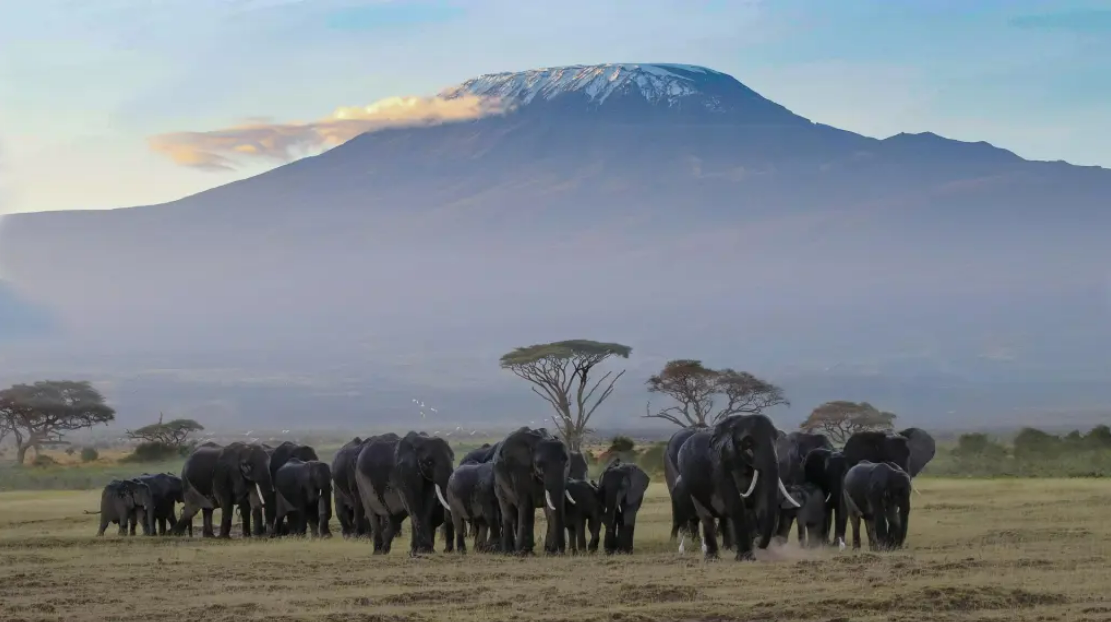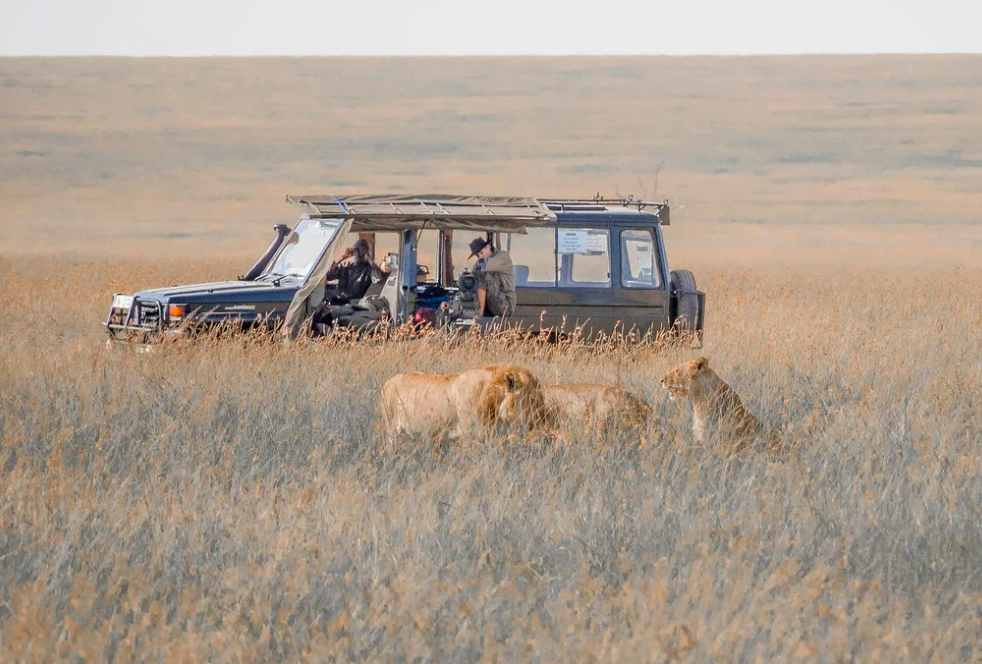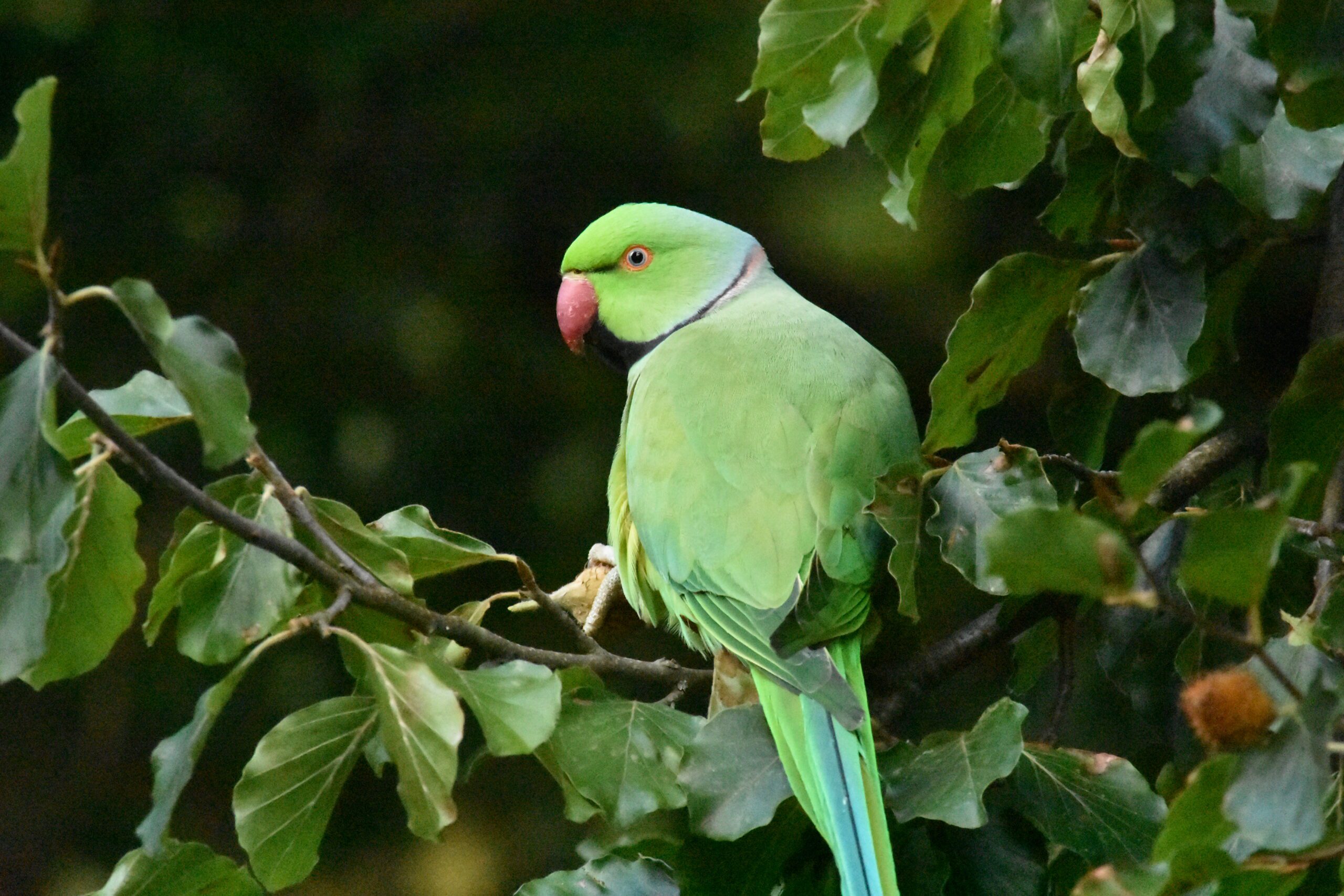
London Nature: The Top 5 Places to see Animals and Greenery
London is a bit of a juxtaposition for nature lovers. Despite having its issues, like air pollution that earned it the moniker Big Smoke, by and large London has done a good job of protecting (and even restoring) its green spaces. Even during the especially dirty days of the Victorian era, a rising affinity with the natural world and a need for some tranquillity created the green spaces the UK’s capital is blessed with to this day.
Ultimately, nature lovers and wildlife photographers in the UK’s capital are never far from something that will take their fancy. Animals are everywhere in London, and many have learned to live with people to the point that their population stability has become a conservation success story.
Richmond Park: deer, another kind of stag and parakeets
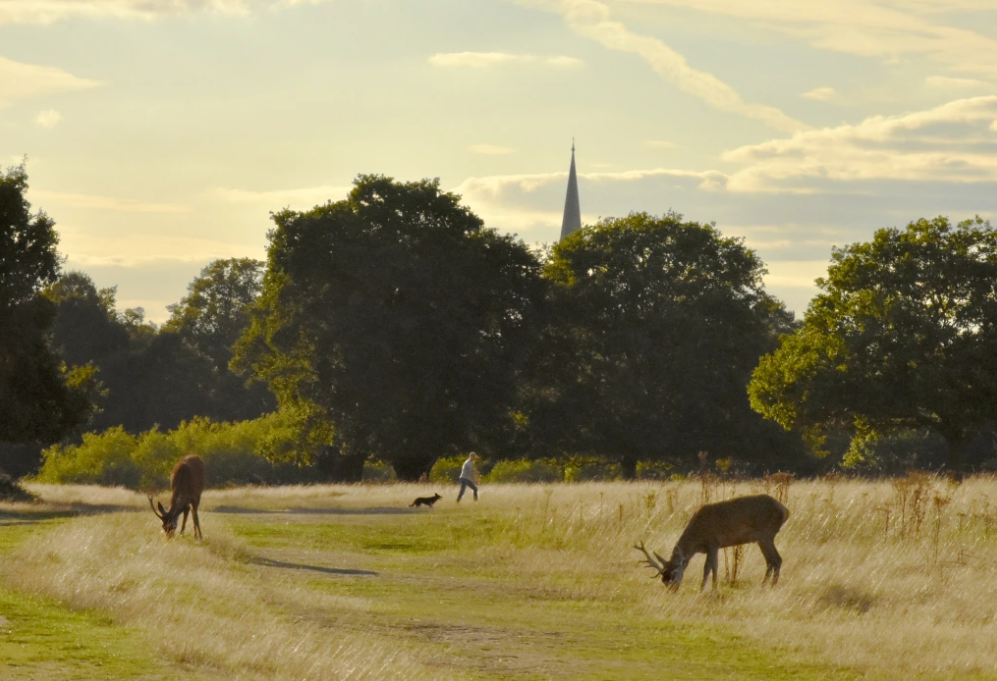
Wildlife photographers, both seasoned pros and amateurs, should make this park top of their to-do lists when visiting London. The huge herds of deer, completely accustomed to people, roam a vast expanse that looks like the savannah. Seriously, this place is huge. Trying to cross it on foot is more akin to a trek than a (dad joke alert) walk in the park. Especially good times to visit are at sunrise for the colours, and in the autumn when the stags rut: they spend the morning lifting their heads and bellowing into the frosty air, and antlers clash in duels for the right to mate. It should be said that while you should keep a good distance from the deer at any time, particular care should be taken during this time around the stags. They’ll be a bit more incensed than usual.
This park also has a couple of other curiosities: one is a beetle with antlers. Well, technically not antlers, but the pair of horns the males sport earned it the name “stag beetle”. Like the deer, they fight each other for the right to mate, usually earlier in the summer and in the treetops. Trying to find one will require a bit more patience, but they can usually be observed in the forested patches. Alternatively, keep your eyes out when wandering a leafy neighbourhood: they’ve invaded Putney in the past.
Another is the ring-necked parakeets. London is absolutely full of them: an introduced species from India, their ability to survive in the chilly Himalayan foothills prepared them well for the British winter. Richmond Park, and the surrounding neighbourhood of Richmond, are quite special places for them though. I’ve been around the world and seen a lot as this blog demonstrates, and let me tell you folks: the sight of two hundred bright green parakeets swooping across the rooftops and the fields as the sun sets is truly astounding.
Hyde Park: here be owls

Since 2013, birdwatchers have been paying visits to this park to observe a family of little owls. Little by species name, little by nature, this small owl frequently comes out during the day, and this particular family have made their nest in the park’s treetops. Finding them might require quite a bit of looking up and around, and listening out for their screech call if they’re being cooperative.
When your neck’s getting sore, there’s plenty on the ground level to turn your attention to, including a large pair of ponds. One duck worth keeping an eye out for that sometimes makes an appearance is the brightly coloured mandarin duck – and you will need to keep an eye out for it, for this beautiful duck is also quite shy and won’t be joining the others for bread any time soon.
London’s suburbs: foxes and badgers
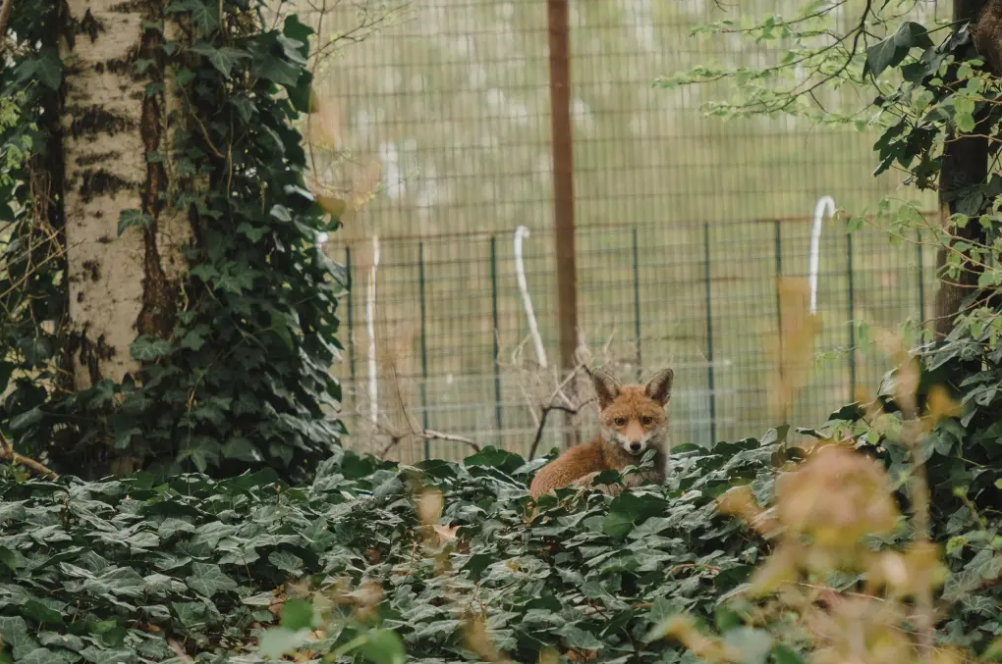
Picture the scene: you’re wandering down a leafy lane of townhouses. It’s nighttime and completely quiet – a little too quiet, as they say in films. All of a sudden, a bloodcurdling screech erupts nearby. While your first thought may be to dial 999 and ask for Scotland Yard’s finest, there is rarely any need to worry: chances are, it was a fox. These orange canines have proliferated in London to the point that there are now more than 10,000 of them roaming the streets, generally unafraid of people. Most sightings are at night although daytime sightings have become increasingly common.
On the subject of increasingly common things, the foxes of London’s suburbs are now having to share their neighbourhoods with more and more badgers. While it will probably take a long time for these panda-like creatures to become as brazen as the foxes, their numbers are climbing and they are steadily pushing closer to the centre. Badgers have, to date, been seen with some frequency in the suburbs, as well as Greenwich, Lewisham and Harrow.
The Tate Modern: Home of the world’s fastest bird

The peregrine falcon is one of a number of birds that, a while back, realised the nooks and crannies of tall buildings weren’t too different from their natural habitat of rocky cliffs, and whose populations subsequently boomed. Other examples include swifts, swallows and every Londoner’s favourite bird: the pigeons. Speaking of the pigeons, these are the peregrine’s favourite source of food. Slow, full of meat and abundant, peregrines hunt them by ambushing them from above, in a stoop that can reach speeds of up to 350mph.
The Tate Modern has a resident pair nesting in the Bankside Chimney and offers the perfect opportunity to blend some birdwatching with modern art. And for any international visitors reading this, the Tate Modern like most of the UK’s museums and art galleries is free to enter.
Other prominent buildings where you can observe peregrines in London include Battersea Power Station, London Metropolitan University and the Houses of Parliament.
London Wetland Centre: Sir David Attenborough was here
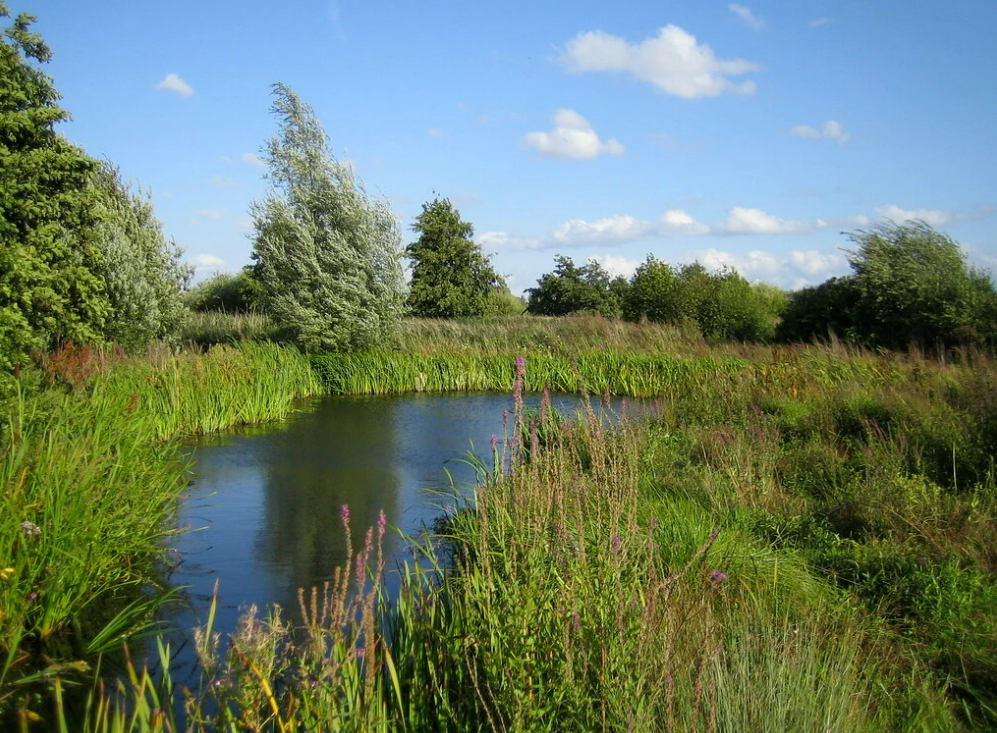
If there’s one shining example of London’s commitment to preserving the natural world, this would be it. This small nature reserve, a network of marshes and trails just across the river from Hammersmith, is the one addition to this list that feels like space set aside for nature as opposed to spaces where nature has learned to live around humans. And while it feels completely natural, it actually used to be a series of small, abandoned reservoirs. In 1989 a decade-long project began which saw various different types of wetland plants planted by teams of volunteers and the construction of a boardwalk and visitor centre. Sir David Attenborough, who opened the centre in 2000, described it as “London’s extra lung” and “the ideal model for how humankind and the natural world may live side by side in the 21st century”.
The reserve is home to many different waterbirds, and one particularly worth keeping your eyes out for is the great-crested grebe. Doubly so in spring when grebe pairs kick off their mating ritual with a courtship dance, a series of head movements, synchronised swimming and gift-giving that makes for quite a sight to behold. Lucky visitors may also spot water voles, small rodents that almost look like hamsters, grass snakes (don’t worry, they’re not venomous) and the bee orchid, a flower that mimics a bee’s appearance in order to have them mate with it and ultimately pollinate them.
Photo credits and legal stuff
- Fox: Brett Jordan
- Little owl: Stefan Messing
- Peregrine: Mathew Schwartz
- London Wetland Centre: LoopZilla
- “London Wetland Centre” by LoopZilla is licensed under CC BY-SA 2.0.



